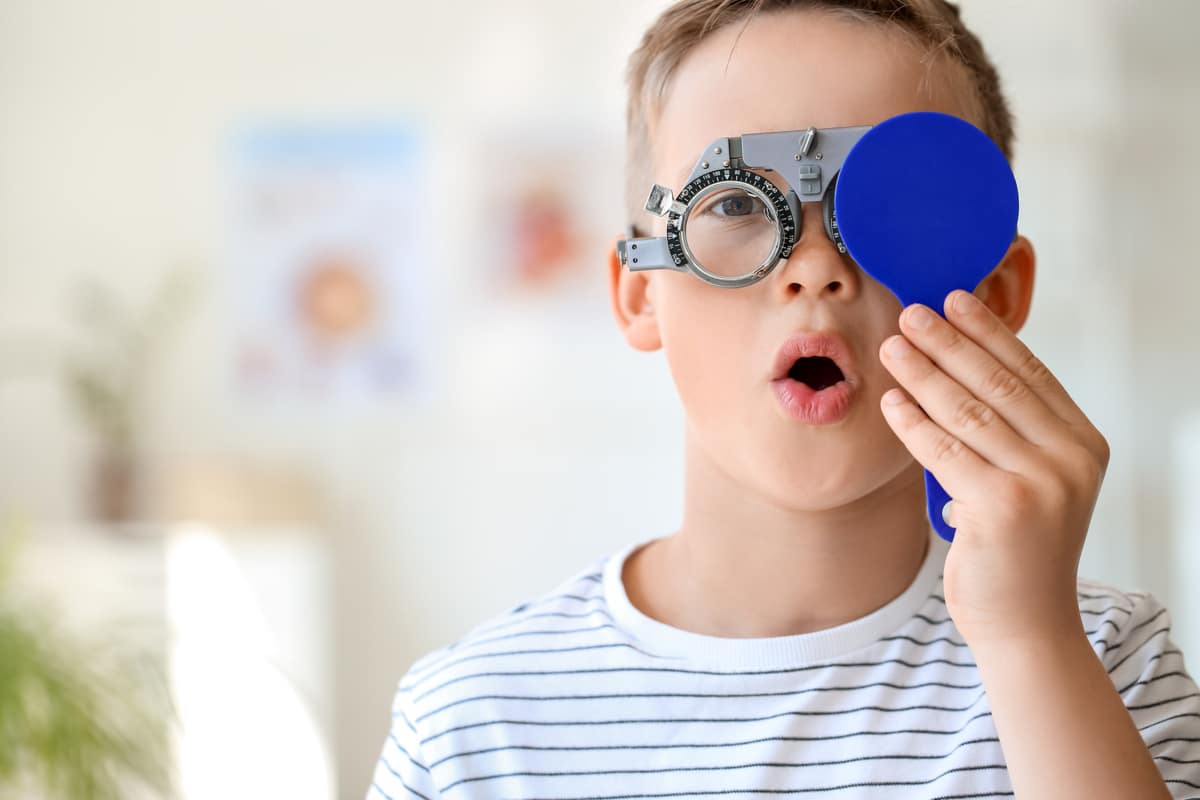The evolution of vision correction technologies has brought to light a variety of options for those seeking to improve their eyesight. Corneal refractive therapy (CRT) lenses stand out as a particularly innovative solution, offering not just a means to correct vision temporarily but also to manage and potentially mitigate long-term myopia progression. In this article, we will explore the pros and cons of CRT lenses, providing a balanced perspective for individuals contemplating this advanced vision correction method.
Understanding the Pros of CRT Lenses
One of the primary advantages of CRT lenses is the convenience they offer to active individuals, including children. By wearing CRT lenses during sleep, users can experience clear vision upon waking up, eliminating the need for glasses or contacts during the day. This freedom from daytime correction enhances the quality of life for many individuals, allowing them to engage in various activities without the hindrance of visual aids.
Moreover, CRT lenses play a crucial role in myopia management, particularly in young patients. By addressing nearsightedness early on, CRT lenses can slow down the progression of myopia, offering long-term benefits for eye health. This clinical effectiveness in managing myopia progression underscores the significance of CRT as a proactive approach to vision care.
Examining the Cons of CRT Lenses
Despite their numerous advantages, CRT lenses come with certain drawbacks that users should consider. One notable limitation is the need for consistent and diligent lens management. Unlike traditional contact lenses that are worn during the day, CRT lenses require nightly wear to maintain their effectiveness. Failure to adhere to a consistent wearing schedule can result in suboptimal treatment outcomes and potential setbacks in vision correction.
Additionally, the cost associated with CRT lenses can pose a financial challenge for some individuals. From the expense of lens solutions to the replacement of lenses themselves, the overall investment in CRT therapy can accumulate over time. Moreover, the risk of lens damage, such as cracks, necessitates additional expenses for replacements or backups, adding to the financial burden.
Overcoming Challenges with CRT Therapy
While it’s true that corneal refractive therapy (CRT) presents certain challenges, taking proactive steps can significantly alleviate potential issues and improve the overall treatment journey. Building a solid rapport with a reputable manufacturer is crucial, as it guarantees access to warranty lenses and ensures prompt replacements, thereby minimizing any disruptions in treatment continuity. Furthermore, embracing appropriate lens care protocols and maintaining a consistent wearing schedule are fundamental aspects for optimizing the efficacy of CRT therapy, ultimately contributing to enhanced visual outcomes and patient satisfaction.
In Summary

The examination of the pros and cons of corneal refractive therapy sheds light on the multifaceted nature of this vision correction method. Despite its undeniable advantages in providing unparalleled convenience and efficacy, particularly in myopia management, CRT lenses entail a commitment to meticulous upkeep and financial investment. However, by carefully considering these factors and adopting proactive approaches, individuals can navigate their vision care choices with clarity and confidence. Should you seek tailored guidance and support to address your unique needs, we invite you to reach out to Art of Optiks today, where our expert team is dedicated to assisting you every step of the way.




